Unlocking the Mystery of Life represents a unique programming opportunity for local stations. Its broadcast release coincides with the 50th anniversary of one of the greatest scientific breakthroughs in history-James Watson and Francis Crick's discovery that the DNA molecule carries hereditary information in the form of a code that many scientists have likened to computer software or a written language. This discovery (announced on April 25,1953) sparked a scientific revolution. But it also left a fundamental question unanswered. Where did the information in DNA come from? How did the software in the cell arise? Unlocking the Mystery of Life explores these questions through the stories of a growing number of scientists who no longer believe that natural selection or chemistry, alone, can explain life's origin. Instead, they think that the microscopic world of the cell provides evidence of purpose and design in nature.
Related Movies
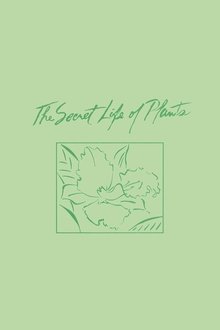
The Secret Life of Plants (1979)
A documentary about the study of plant sentience with original music by Stevie Wonder. Utilizing time-lapse photography, the film proposes that plants are able to experience emotions and communicate with the world around them.
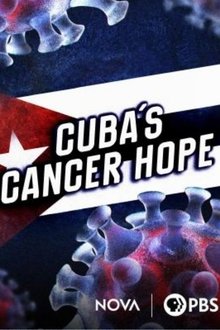
Cuba's Cancer Hope (2020)
When the U.S. trade embargo left Cuba isolated from medical resources, Cuban scientists were forced to get creative. Now they've developed lung cancer vaccines that show so much promise, some Americans are defying the embargo and traveling to Cuba for treatment. In an unprecedented move, Cuban researchers are working with U.S. partners to make the medicines more widely available.

The Secret Science of Sewage (2021)
Dr George McGavin and Dr Zoe Laughlin set up base camp at one of the UK's biggest sewage works to investigate the revolutionary science finding vital renewable resources and undiscovered life in human waste. Teaming up with world-class scientists, they search for biological entities in sewage with potentially lifesaving medical properties, find out how pee can generate electricity, how gas from poo can fuel a car and how nutrients in waste can help solve the soil crisis. They follow each stage of the sewage treatment process, revealing what the stuff we flush can tell us about how we live today, and the mindboggling biotechnology being harnessed to clean it, making the wastewater safe enough to return to the environment.

The Polio Crusade (2009)
The film interweaves the personal accounts of polio survivors with the story of an ardent crusader who tirelessly fought on their behalf while scientists raced to eradicate this dreaded disease. Based in part on the Pulitzer Prize-winning book Polio: An American Story by David Oshinsky, Features interviews with historians, scientists, polio survivors, and the only surviving scientist from the core research team that developed the Salk vaccine, Julius Youngner.
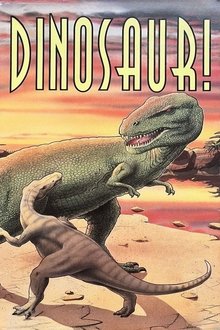
Dinosaur! (1985)
An entertaining documentary look at dinosaurs with Emmy Award-winning special effects, feature film clips and stills, commentary by leading paleontologists of the time, and an on camera as well as voice-over narrative by Christopher Reeve. Shot on location in Los Angeles and New York at the American Museum of Natural History
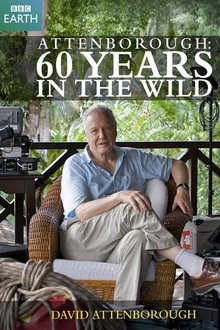
Attenborough: 60 Years in the Wild (2012)
Over three very personal films, Sir David Attenborough looks back at the unparalleled changes in natural history that he has witnessed during his 60-year career.

Lick Observatory, Mt. Hamilton, Cal. (1897)
From F.Z. Maguire catalogue: The background of this picture is the Lick Observatory, Mount Hamilton, Cal. This observatory, the gift of James Lick, of Pennsylvania, was constructed at a cost of $700,000, being equipped with one of the most powerful telescopes that has ever been produced, and is famous the world over. The view of the Observatory is very complete, showing the style of architecture, including the glass covered dome in which are placed the various astronomical instruments. Every Saturday night throughout the year is set apart for visitors to inspect the Observatory and look through the great glass. This view shows a coach load driving up and alighting.
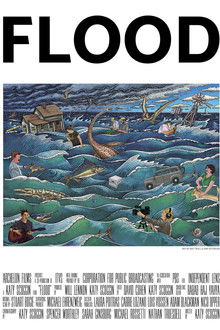
Flood (2025)
A filmmaker revisits her evangelical roots to find connection with her estranged father.

This Emotional Life (2010)
This Emotional Life is a three-part series that explores improving our social relationships, learning to cope with depression and anxiety, and becoming more positive, resilient individuals.
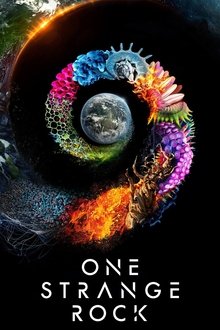
One Strange Rock (2018)
A mind-bending, thrilling journey exploring the fragility and wonder of planet Earth, one of the most peculiar, unique places in the entire universe, brought to life by the only people to have left it behind – the world’s most well known and leading astronauts. This edit combined episodes one and ten to create a new movie.
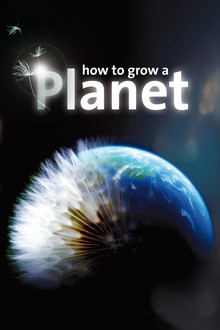
How to Grow a Planet (2012)
Geologist Ian Stewart explain in three stages of natural history the crucial interaction of our very planet's physiology and its unique wildlife. Biological evolution is largely driven bu adaptation to conditions such as climate, soil and irrigation, but biotopes were also shaped by wildlife changing earth's surface and climate significantly, even disregarding human activity.

Cosmic Zoom (1968)
This short animation transports us from the farthest conceivable point of the universe to the tiniest particle of existence, an atom of a living human cell. The art of animation and animation camera achieve this exhilarating journey with a freshness and clarity. Without words.
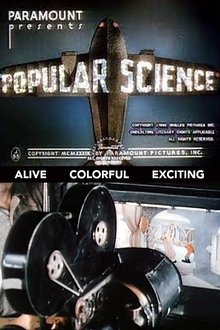
Popular Science J-7-1 (1937)
Raising angora rabbits for wool; new marine navigation and safety technology; kitchen gadgets; developing new rose varieties.

The Unbelievers (2013)
Scientists Richard Dawkins and Lawrence Krauss travel the globe promoting a scientific worldview and the rational questioning of religious belief.

You, Planet – An Exploration in 3D (2012)
It’s a world we don’t truly know—yet it feels oddly familiar. Deep canyons and jagged crevices carve through the land, while towering mountains rise above scorched plains. Lush jungles and acidic lakes conceal strange creatures—fierce predators, peaceful grazers, and masters of disguise. But this alien world isn’t in outer space. This world... is your body.

Inside the Human Body (2011)
Using spectacular graphics based on the latest science and stories of remarkable people around the world, Michael Mosley takes us on a fantastic voyage through our inner universe.

The Body (1970)
A psychedelic documentary of the body electric, with music by Pink Floyd. The film was directed and produced by Roy Battersby. The film's narrators, Frank Finlay and Vanessa Redgrave, provide commentary that combines the knowledge of human biologists and anatomical experts. The film's soundtrack, Music from the Body, was composed by Ron Geesin and Roger Waters.

Mechanics of the Brain (1926)
"Though not given a New York showing until 1935, V. I. Pudovkin's Mechanics of the Brain (Mekhanika Golovnovo Mozga) was written and directed by Pudovkin in 1926. A full year in the making, this scientific documentary concentrates on the behavioral studies conducted by Prof. Ivan Pavlov. The laboratory dogs used in Pavlov's research don't seem too happy about it, and as a result this film might be hard to take for the more sensitive viewers (the vivisection sequence is particularly rough). The progress of the research is detailed with charts and graphs, hardly the "cinematic" touches one might expect from Pudovkin. Interestingly, Mechanics of the Brains was released two years before the results of Pavlov's studies were printed in book form."

The Scorpion's Tale (2005)
The Scorpions belong to the oldest land-based arachnides with over 1800 different species known to exist. Usually, they do not surpass the size of 10cm in length, but exceptions are know, such as the Emperor Scorpion (Pandinus imperator) which can grow up to become over 20cm in size. Scorpions are mostly active at night and hide away during the day. Take a look into the live of these amazing creatures!

Star Trek: Secrets of the Universe (2013)
Is building our own starship Enterprise possible? Will we ever travel between the stars as easily as they do in Star Trek? JJ Abrams' new feature, Star Trek Into Darkness, hits the screen in a golden age of scientific discoveries. HISTORY is there, giving viewers a deep look behind the scenes, on the set, and into the science–amazing new exoplanets, the physics of Warp drive, and the ideas behind how we might one day live in a Star Trek Universe.